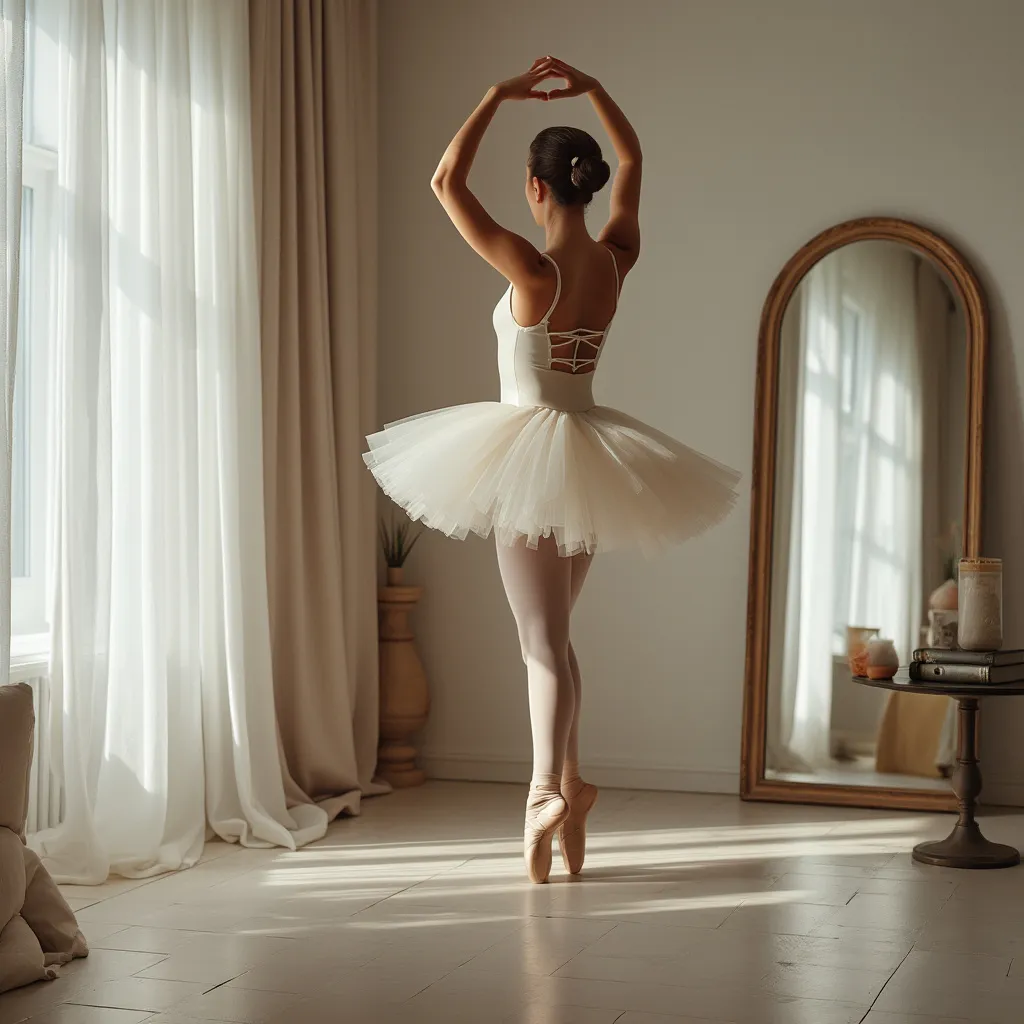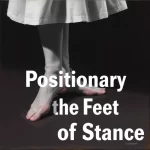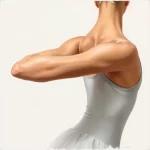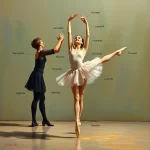Advanced Ballet Terms for Experienced Dancers
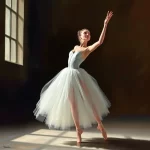
Introduction
Ballet is a highly disciplined and intricate art form that requires years of training and dedication. As dancers progress from beginners to advanced levels, they encounter a plethora of complex terms and techniques that are essential for mastering the craft. This article delves into advanced ballet terms for experienced dancers, providing a comprehensive guide to understanding and executing these sophisticated movements. Whether you are a seasoned dancer or a ballet enthusiast, this guide will enhance your appreciation and knowledge of advanced ballet terminology.
Advanced Ballet Terms
Adagio
Adagio refers to a series of slow, controlled movements that emphasize fluidity and grace. These exercises are typically performed at the beginning of a ballet class to develop strength, balance, and poise. Adagio sequences often include extensions, pliés, and développés, requiring dancers to maintain a strong core and precise control over their movements.
Arabesque
An arabesque is a fundamental pose in ballet where the dancer stands on one leg with the other leg extended behind them, creating a straight line from the fingertips to the toes. There are several variations of arabesque, each with different arm and leg positions. Advanced dancers must master the balance and alignment required to execute a perfect arabesque.
Assemblé
Assemblé is a jump where the dancer’s feet or legs are brought together in the air before landing in fifth position. This movement requires precise timing and coordination, as well as strong leg muscles to achieve the necessary height and control.
Ballon
Ballon refers to the light, elastic quality of a dancer’s jumps. It is the ability to appear weightless and to hang in the air momentarily before landing softly. Achieving ballon requires strong leg muscles, excellent technique, and a deep understanding of timing and rhythm.
Brisé
Brisé is a small, beaten jump where the dancer’s legs are crossed in the air before landing. This movement is often performed in quick succession, requiring agility, precision, and strong coordination. Brisé can be executed in various directions, adding complexity to the choreography.
Changement
Changement is a jump where the dancer changes the position of their feet in the air, typically from fifth position to fifth position with the opposite foot in front. This movement requires strong leg muscles and precise timing to achieve a clean and controlled change.
Développé
Développé is a movement where the dancer’s working leg is drawn up to the knee of the supporting leg and then extended to an open position in the air. This movement requires strength, flexibility, and control to achieve a smooth and graceful extension.
Entrechat
Entrechat is a jump where the dancer’s legs cross rapidly in the air, typically performed in quick succession. The number of crossings is indicated by a number, such as entrechat quatre (four crossings) or entrechat six (six crossings). This movement requires strong leg muscles, agility, and precise timing.
Fouetté
Fouetté is a whipping movement where the dancer’s working leg is extended to the front or side and then whipped around to the opposite direction. This movement is often performed in a series of turns, known as fouetté turns, requiring strong core muscles, balance, and precise coordination.
Glissade
Glissade is a gliding step where the dancer’s working leg is brushed out to the side and then brought back to the supporting leg. This movement is often used as a transition between jumps or other steps, requiring smooth and controlled execution.
Grand Jeté
Grand Jeté is a large, split jump where the dancer leaps into the air with both legs extended in opposite directions. This movement requires strong leg muscles, flexibility, and precise timing to achieve the necessary height and extension.
Pas de Chat
Pas de Chat is a jump where the dancer’s feet are drawn up to the knees in a cat-like manner before landing in fifth position. This movement requires agility, coordination, and strong leg muscles to achieve a light and controlled jump.
Piqué
Piqué is a movement where the dancer steps directly onto the pointe or demi-pointe of the working foot with a straight leg. This movement is often used in turns, such as piqué turns, requiring strong balance, control, and precise coordination.
Pirouette
Pirouette is a turn on one leg, typically performed with the working leg in passé position. There are various types of pirouettes, including en dehors (turning outward) and en dedans (turning inward). This movement requires strong core muscles, balance, and precise spotting to achieve multiple rotations.
Sissonne
Sissonne is a jump where the dancer springs from both feet and lands on one foot, with the other leg extended in the air. This movement can be performed in various directions and requires strong leg muscles, balance, and precise coordination.
Tour en l’air
Tour en l’air is a jump where the dancer performs a full rotation in the air before landing. This movement is often performed by male dancers and requires strong leg muscles, balance, and precise timing to achieve a clean and controlled turn.
Advanced Ballet Techniques
Multiple Pirouettes
Executing multiple pirouettes requires not only strong core muscles and balance but also precise spotting and coordination. Dancers must maintain a strong and stable center while turning, using their arms and head to control the rotation. Practicing multiple pirouettes helps dancers develop their turning technique and improve their overall balance and control.
Grand Allegro
Grand Allegro refers to large, fast jumps and leaps that are typically performed at the end of a ballet class. These movements require strong leg muscles, flexibility, and precise timing to achieve the necessary height and extension. Grand allegro sequences often include grand jetés, saut de chat, and cabrioles, challenging dancers to execute powerful and controlled jumps.
Petit Allegro
Petit Allegro refers to small, fast jumps and footwork that are typically performed in the middle of a ballet class. These movements require agility, coordination, and precise timing to achieve clean and controlled execution. Petit allegro sequences often include changements, glissades, and jetés, challenging dancers to execute quick and precise footwork.
Turns from Fifth Position
Turns from fifth position, such as pirouettes and fouetté turns, require strong core muscles, balance, and precise coordination. Dancers must maintain a strong and stable center while turning, using their arms and head to control the rotation. Practicing turns from fifth position helps dancers develop their turning technique and improve their overall balance and control.
Advanced Pointe Work
Advanced pointe work requires strong feet, ankles, and legs, as well as precise technique and control. Dancers must maintain proper alignment and balance while performing complex movements on pointe, such as pirouettes, fouetté turns, and grand jetés. Practicing advanced pointe work helps dancers develop their strength, balance, and control on pointe.
FAQ
What is the difference between a pirouette en dehors and en dedans?
A pirouette en dehors is a turn that moves outward, away from the supporting leg, while a pirouette en dedans is a turn that moves inward, toward the supporting leg. Both types of pirouettes require strong core muscles, balance, and precise spotting to achieve multiple rotations.
How can I improve my ballon?
Improving ballon requires strong leg muscles, excellent technique, and a deep understanding of timing and rhythm. Practicing jumps with a focus on lightness and elasticity, as well as strengthening the leg muscles through exercises such as pliés and relevés, can help improve ballon.
What are some tips for executing multiple pirouettes?
Executing multiple pirouettes requires strong core muscles, balance, and precise spotting. Some tips for executing multiple pirouettes include maintaining a strong and stable center, using the arms and head to control the rotation, and practicing spotting to improve balance and control. Additionally, focusing on proper alignment and technique can help achieve clean and controlled multiple pirouettes.
How can I improve my grand jeté?
Improving a grand jeté requires strong leg muscles, flexibility, and precise timing. Practicing exercises such as pliés, relevés, and leg extensions can help strengthen the leg muscles and improve flexibility. Additionally, focusing on proper technique and timing can help achieve the necessary height and extension for a clean and controlled grand jeté.
What are some common mistakes to avoid in advanced ballet techniques?
Some common mistakes to avoid in advanced ballet techniques include improper alignment, lack of control, and poor timing. Dancers should focus on maintaining proper alignment and balance, using their core muscles to control their movements, and practicing precise timing to achieve clean and controlled execution. Additionally, seeking feedback from instructors and practicing regularly can help identify and correct mistakes.
Conclusion
Mastering advanced ballet terms and techniques is a challenging but rewarding journey for experienced dancers. Understanding and executing these sophisticated movements requires dedication, discipline, and a deep appreciation for the art form. By continually refining their technique and expanding their knowledge of advanced ballet terminology, dancers can elevate their performance and achieve new levels of artistry and expression. Whether you are a seasoned dancer or a ballet enthusiast, this comprehensive guide to advanced ballet terms will enhance your understanding and appreciation of this beautiful and intricate art form.

